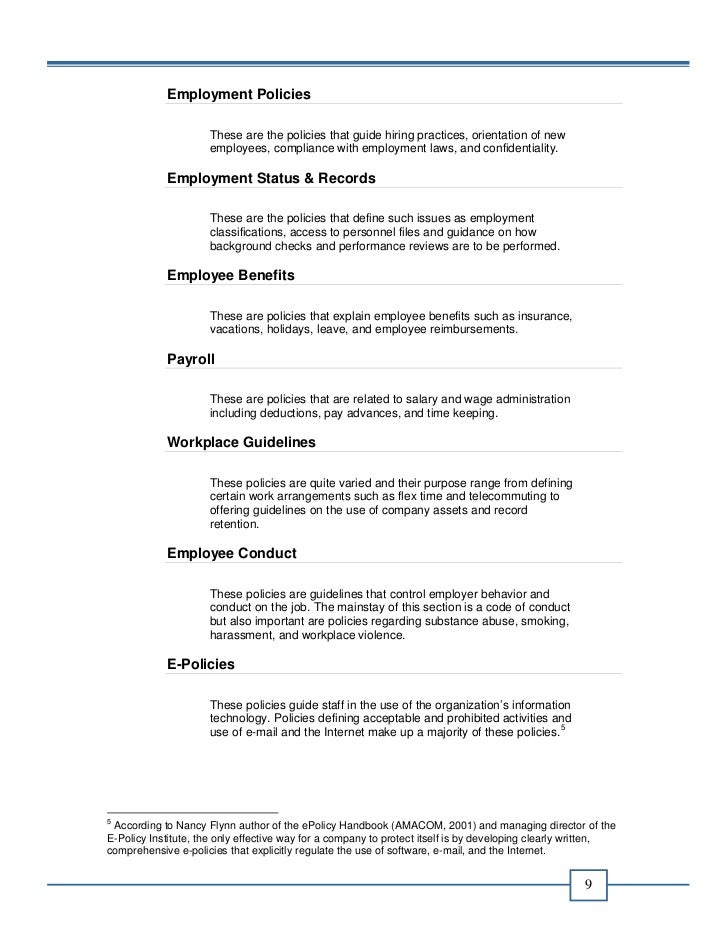Developing Office Procedure Manual
After completing his M.Tech from BITS Pilani in 1969, he did his PhD from CEERI, Pilani in 1974. This book will be useful to instructors and students alike. P K Chaturvedi is currently a professor in SRM University (NCR campus), Modinagar, UP. Basic microwave techniques and laboratory manual.
Bizmanualz is one of the leaders in. Our policy and procedure manuals are written with small to medium businesses (SMBs) in mind. Thousands of companies looking for a way to develop and implement a system of effective policies and procedures quickly have relied on us. So, what are keys to developing procedures? We’ve worked steadily on improving our procedures, using the process model (or the ) as the basis for improvement. The typical business process isn’t static, and your procedures shouldn’t be, either. The best companies are the best because they know “change is the only constant”.
So, procedures that describe processes have to be written with change in mind. That’s what we’ve done, and that’s what you need to do as you move forward, and start developing procedures. 7 Keys to Developing Procedures: 1. PURPOSE The first step of developing procedures is to ask yourself necessary questions such as: What’s the goal of this procedure?
What’s the point of writing it? What problem are you trying to solve by implementing the procedure? POLICY; the procedure provides the “how”. So, what policy do you want carried out in this procedure? New Release of “How to Write a Policies and Procedures Manual” is now available. USER INVOLVEMENT When you’re developing procedures, keep in mind the person who’s writing the procedure may or may not have any experience with the process. The writer doesn’t need the experience so much as they need to ask the right questions.
Can they get the process owner to describe the process, and can they convey that information clearly and accurately? Having to explain the situation forces the process owner to look at the process from a different angle. It makes them look at things in a different light. It may even make them ask, “Why ARE we doing this?” Both parties – the writer and the process owner – in developing procedures means a better result for all. CLARITY Also known as simplicity, or directness. Don’t put a lot of verbiage or twisted logic in the procedure. Tell the ones who will be involved in the process how it operates and what’s expected of it — and them.

Or, show them. Nothing — not even the ISO 9001 standard — says the procedure has to be in writing.
Don’t let language be a barrier. ACCURACY AND COMPLETENESS A procedure has to have everything your staff needs to know in order to perform the process well and with consistency. You can’t leave critical steps or information out while developing procedures. FEEDBACK AND CONTROL A procedure should follow the. Don’t forget that “check” step.
If you’re not measuring performance and analyzing the measurements, how do you know if the process is in control? How are you going to know if you’re approaching your goals, or what to do next if you’re not measuring? You can’t improve a process without gathering feedback and acting on it. CONTINUAL IMPROVEMENT If you plan to write and rewrite a procedure until it’s perfect, you’re wasting your time. Recognize that no process will ever be perfect.
Developing Policies And Procedures Manual

Developing Office Procedure Manual
Build in room for improvement. Implement the procedure, check it, improve it, and implement the improvement. Keep repeating the process. Remember — the best companies know change is the only constant.
Comments are closed.